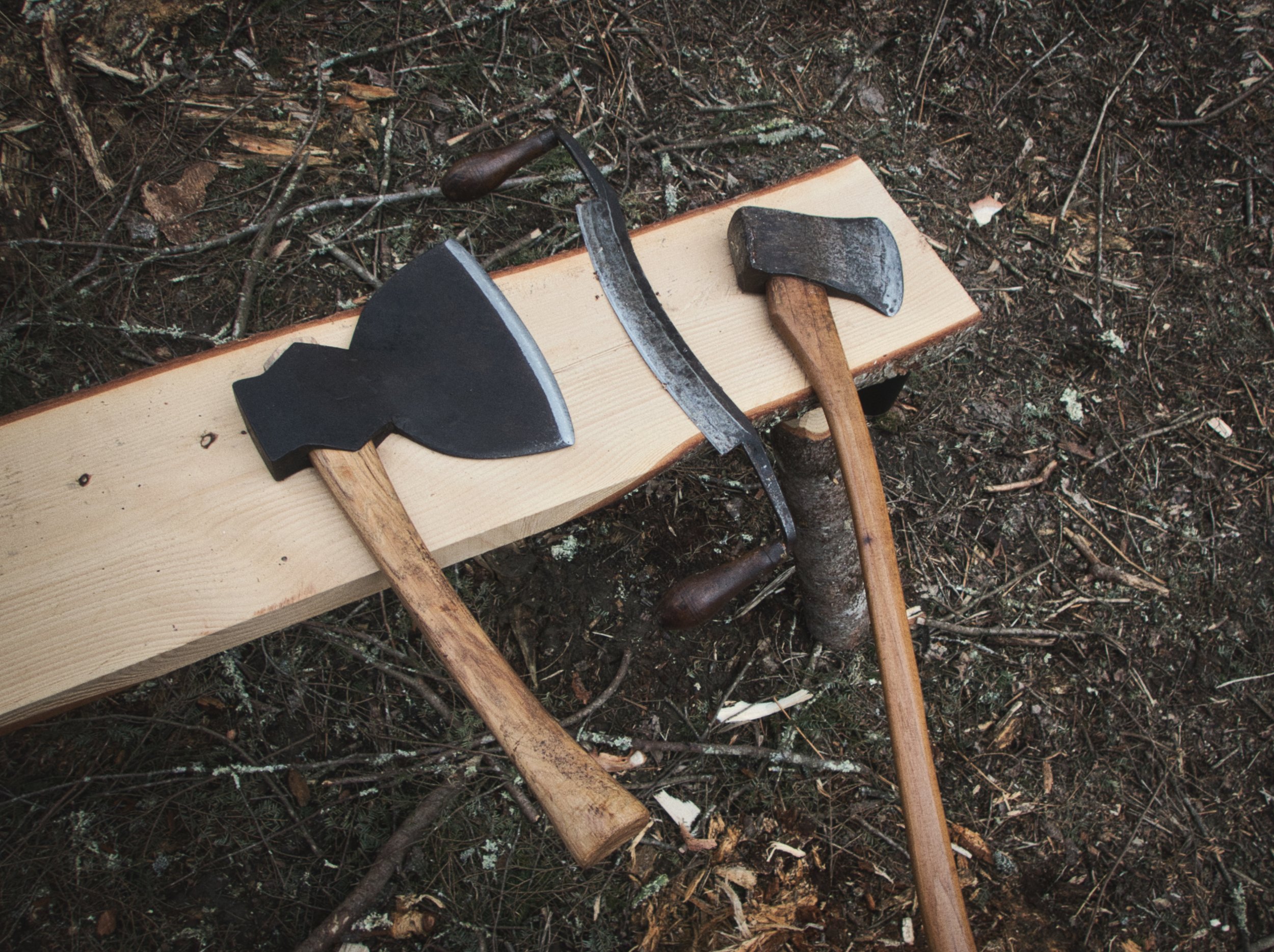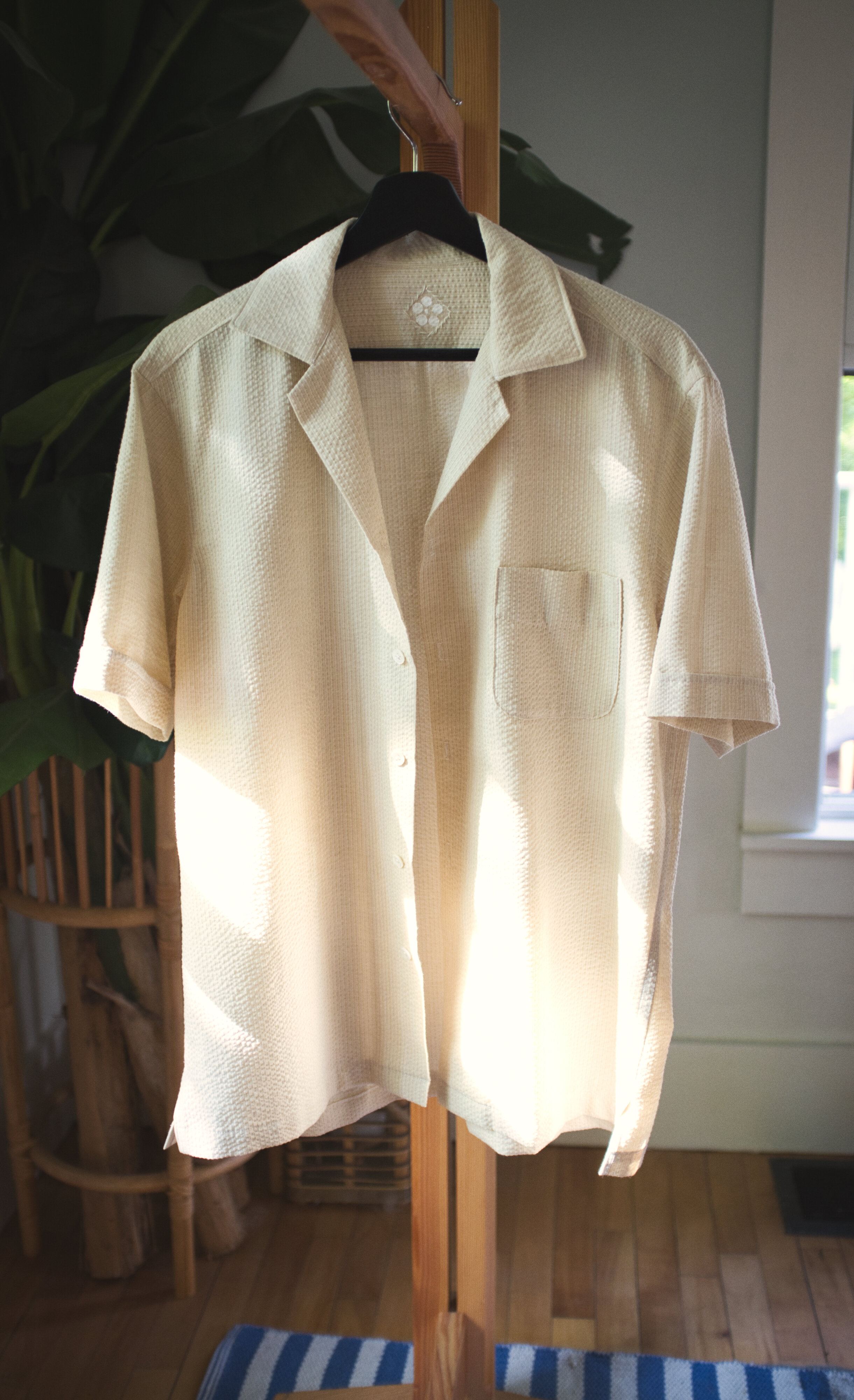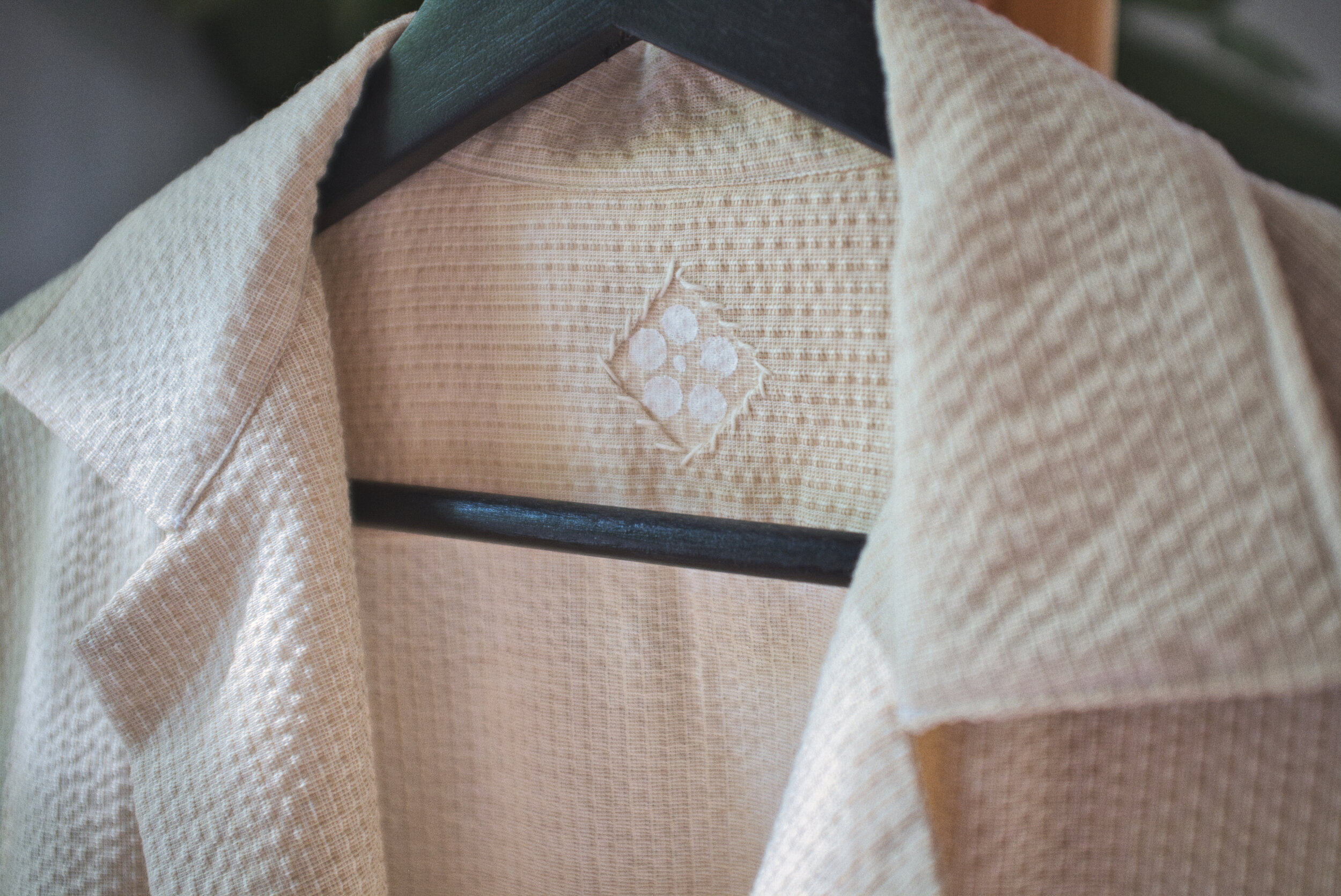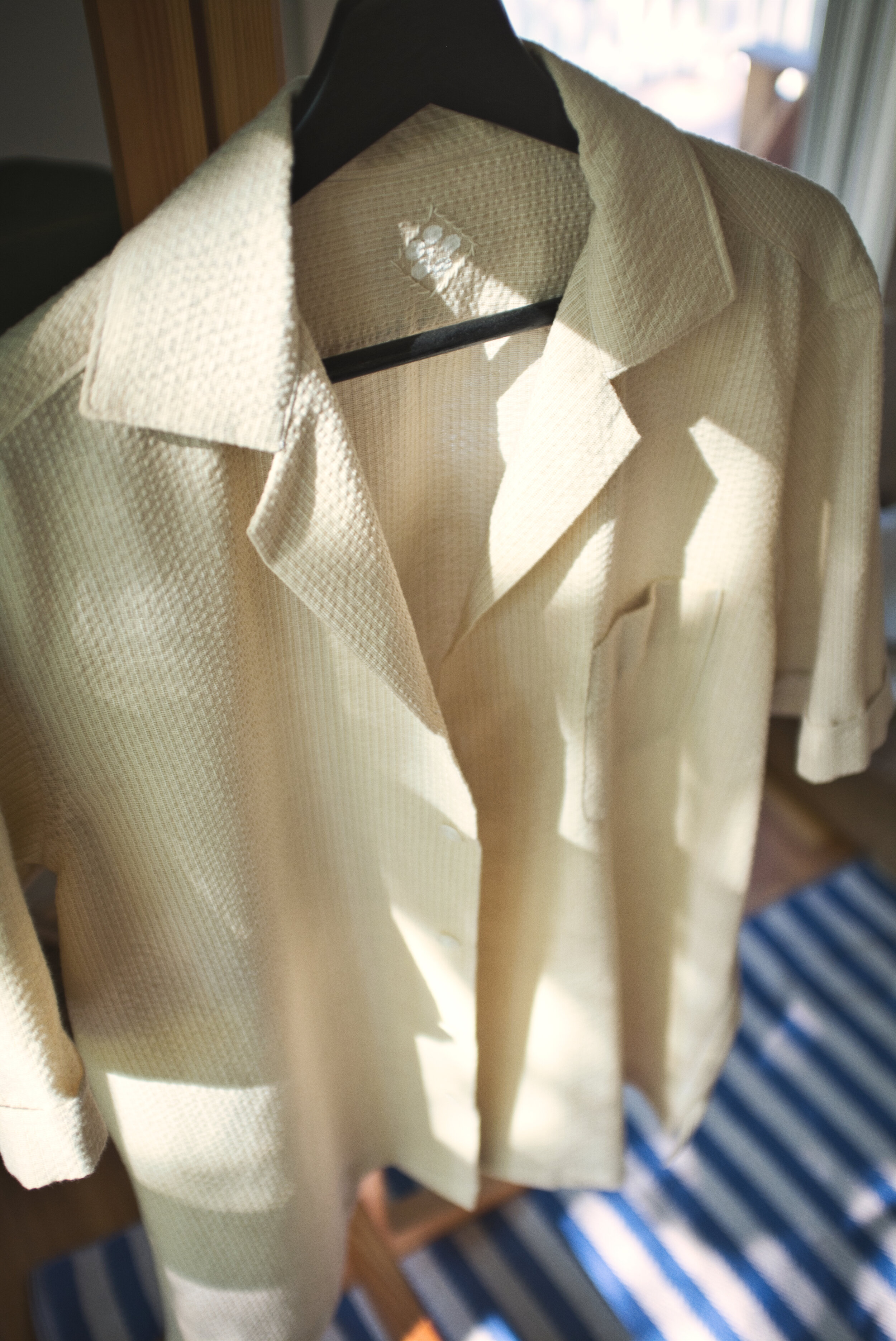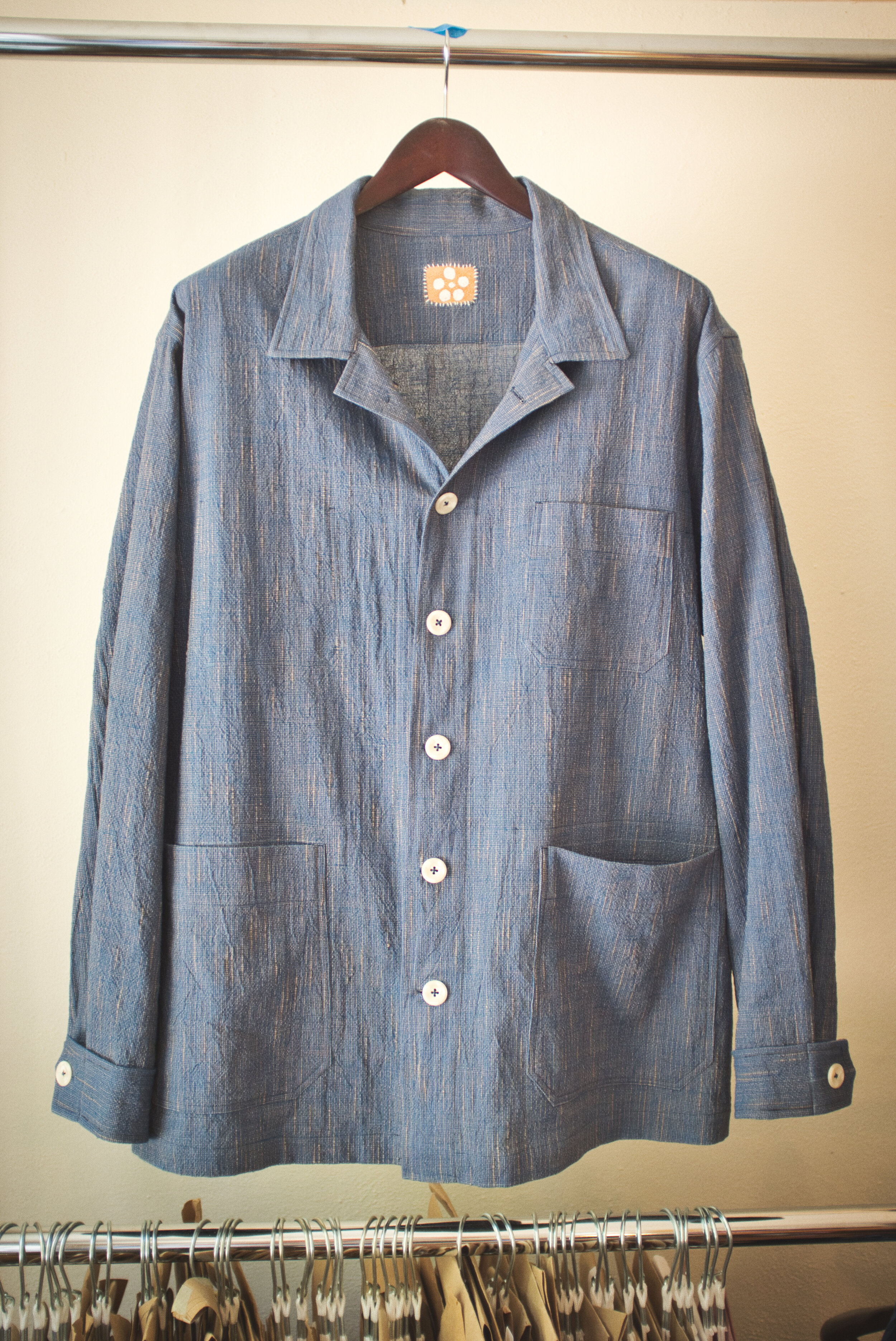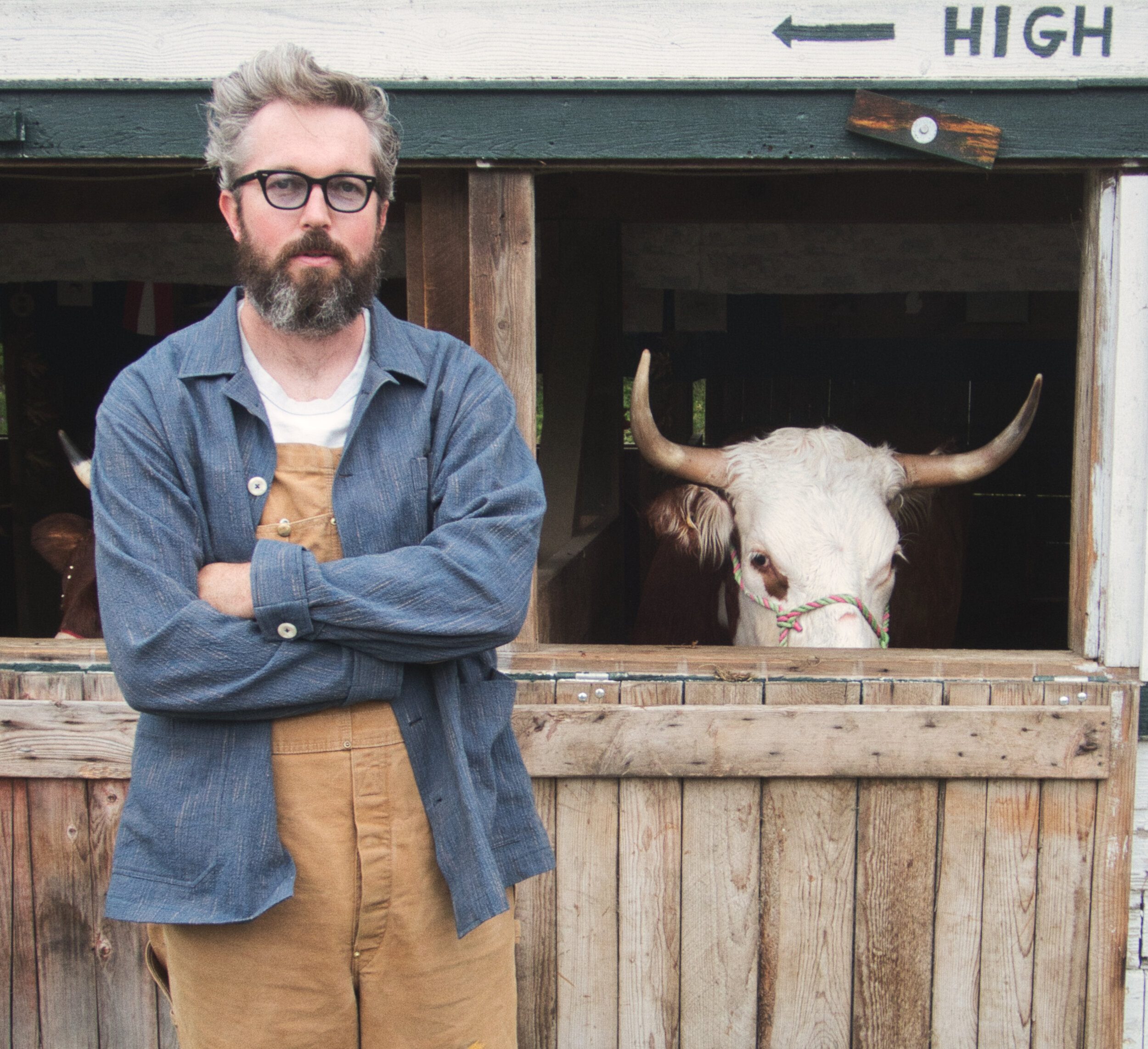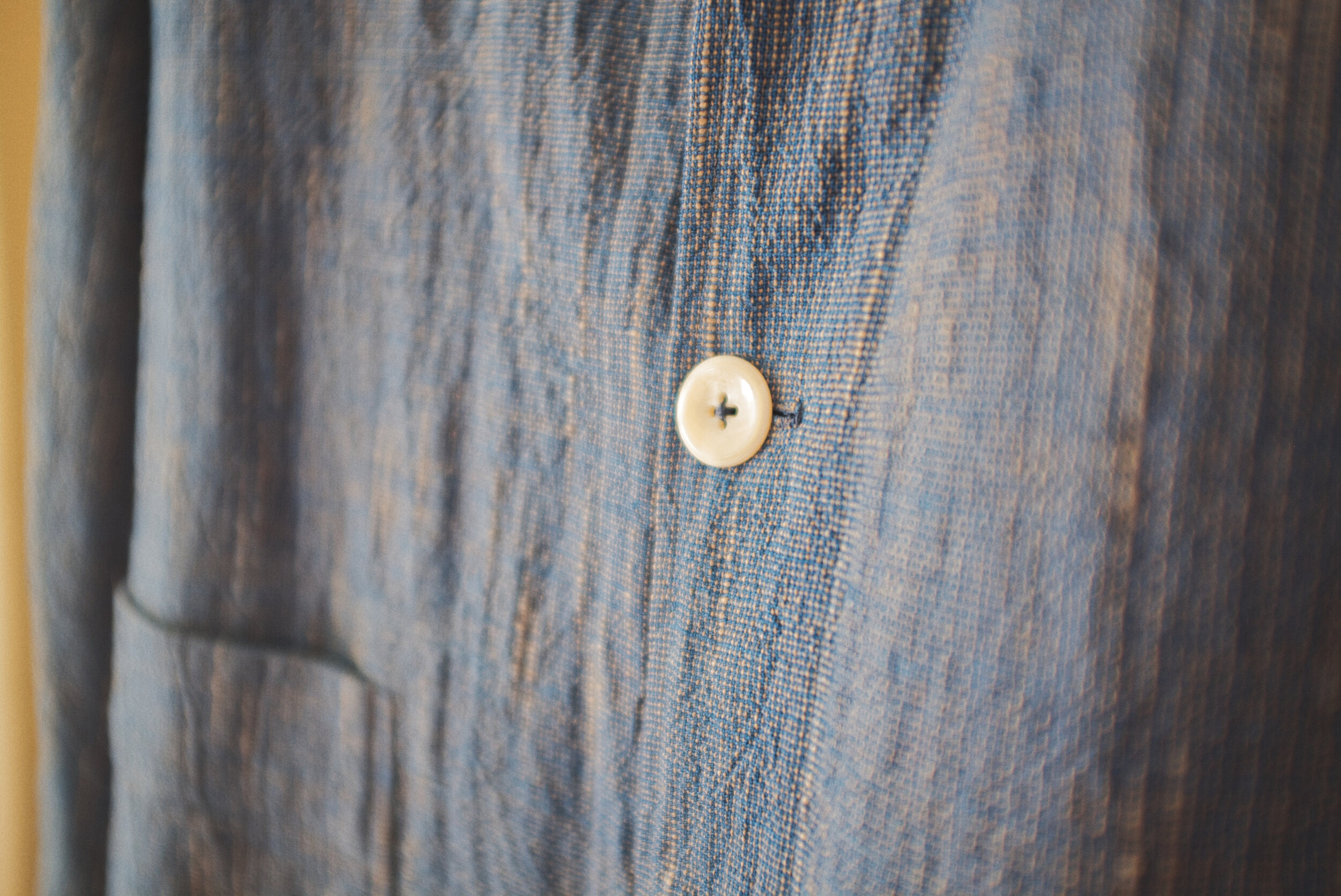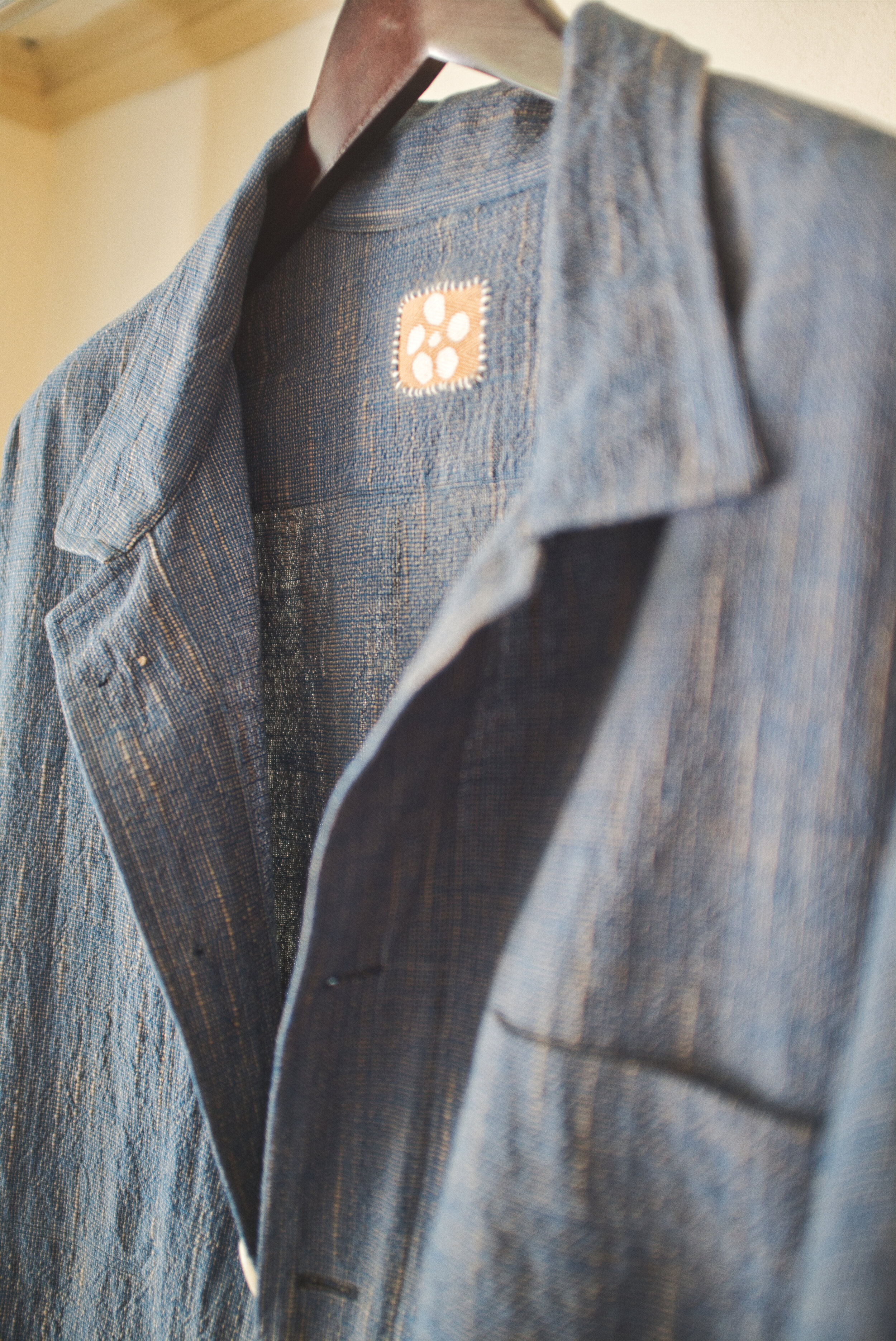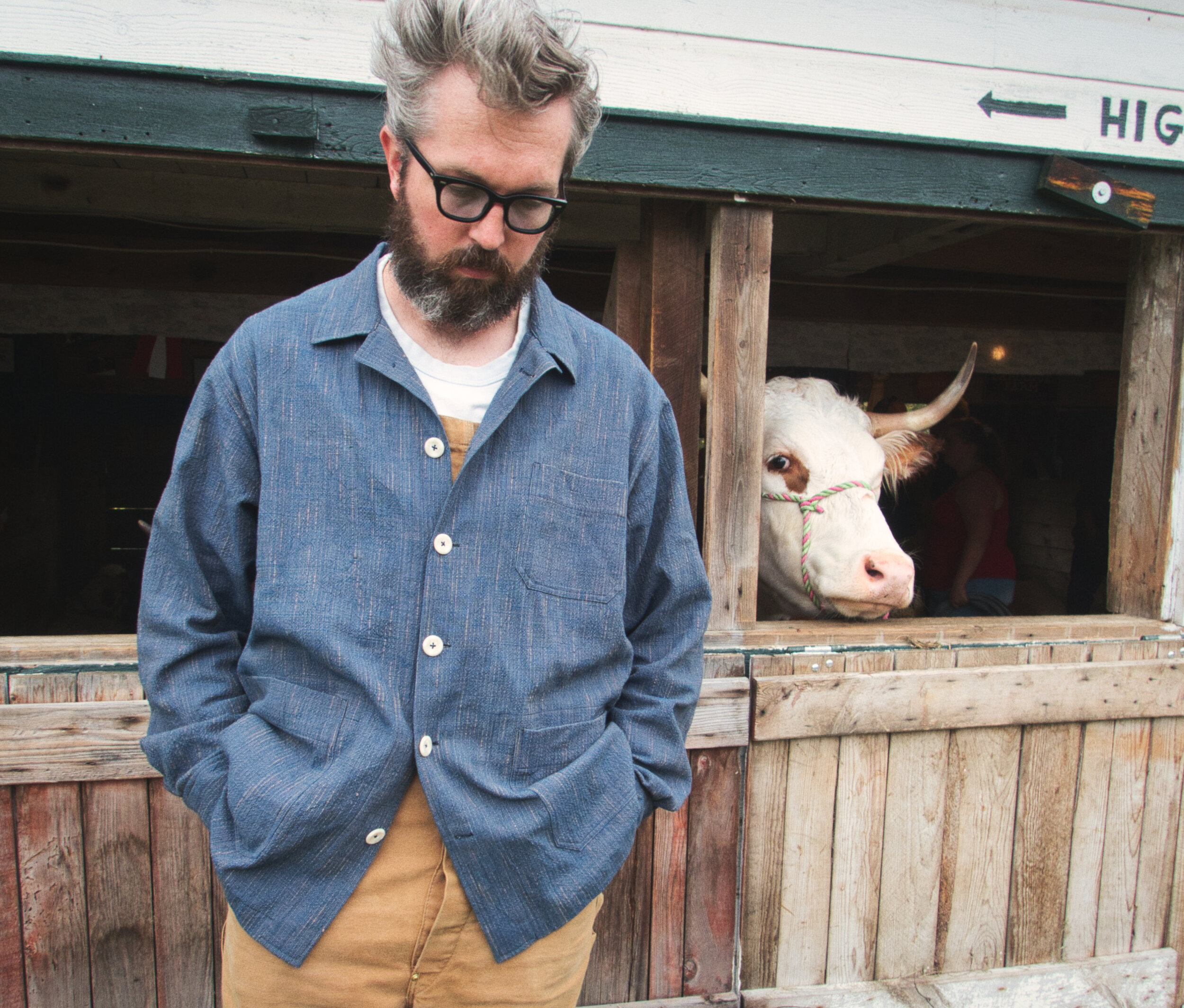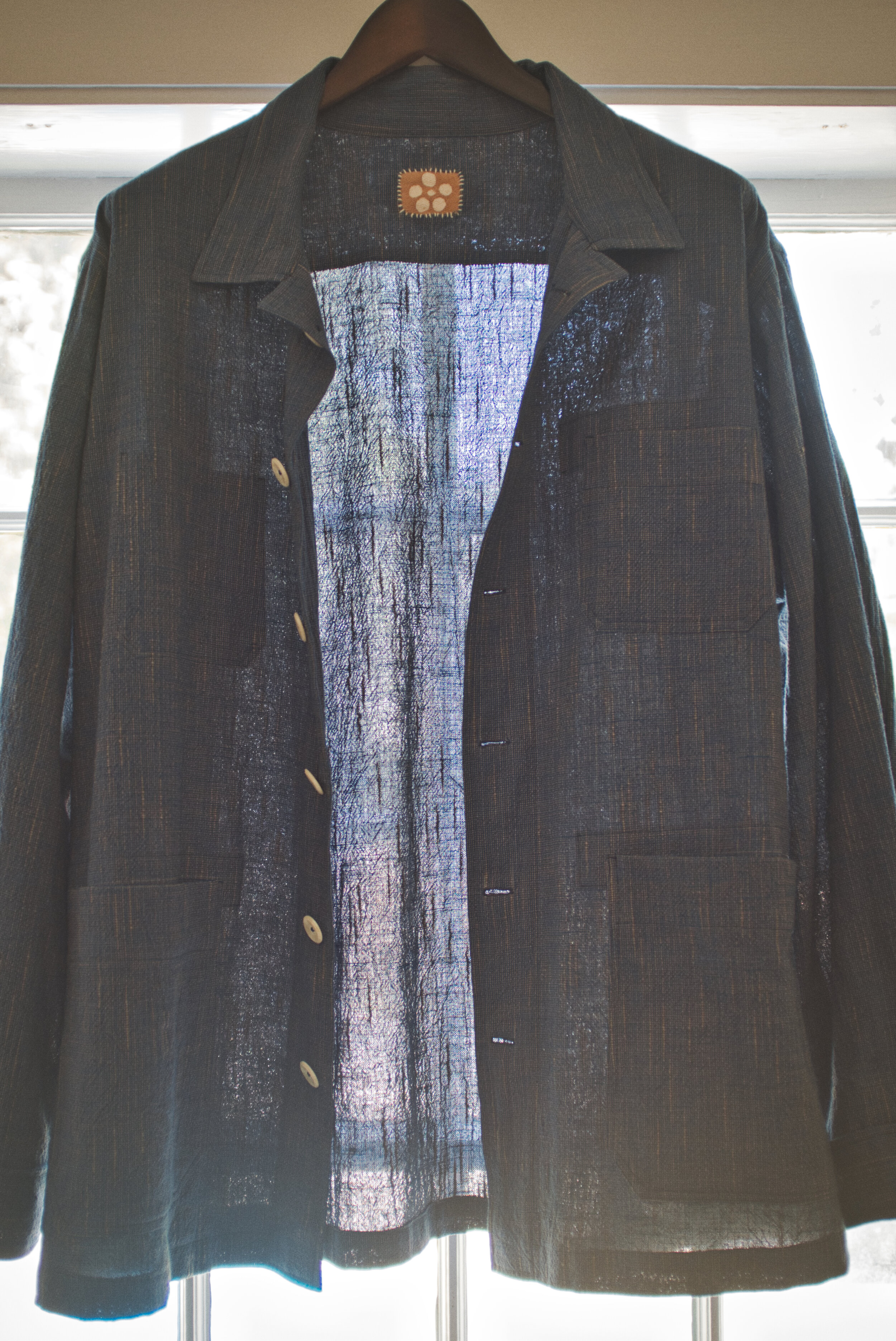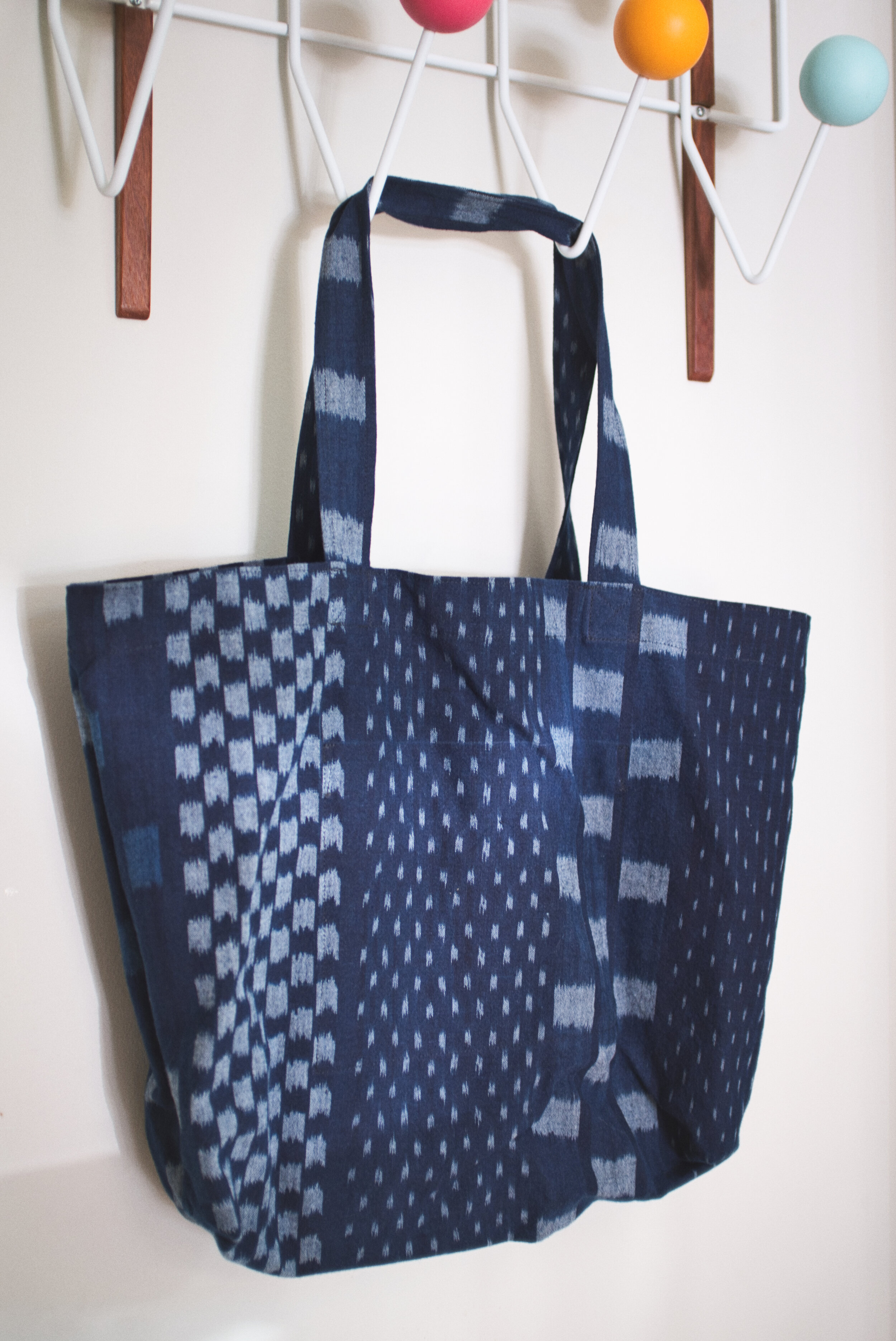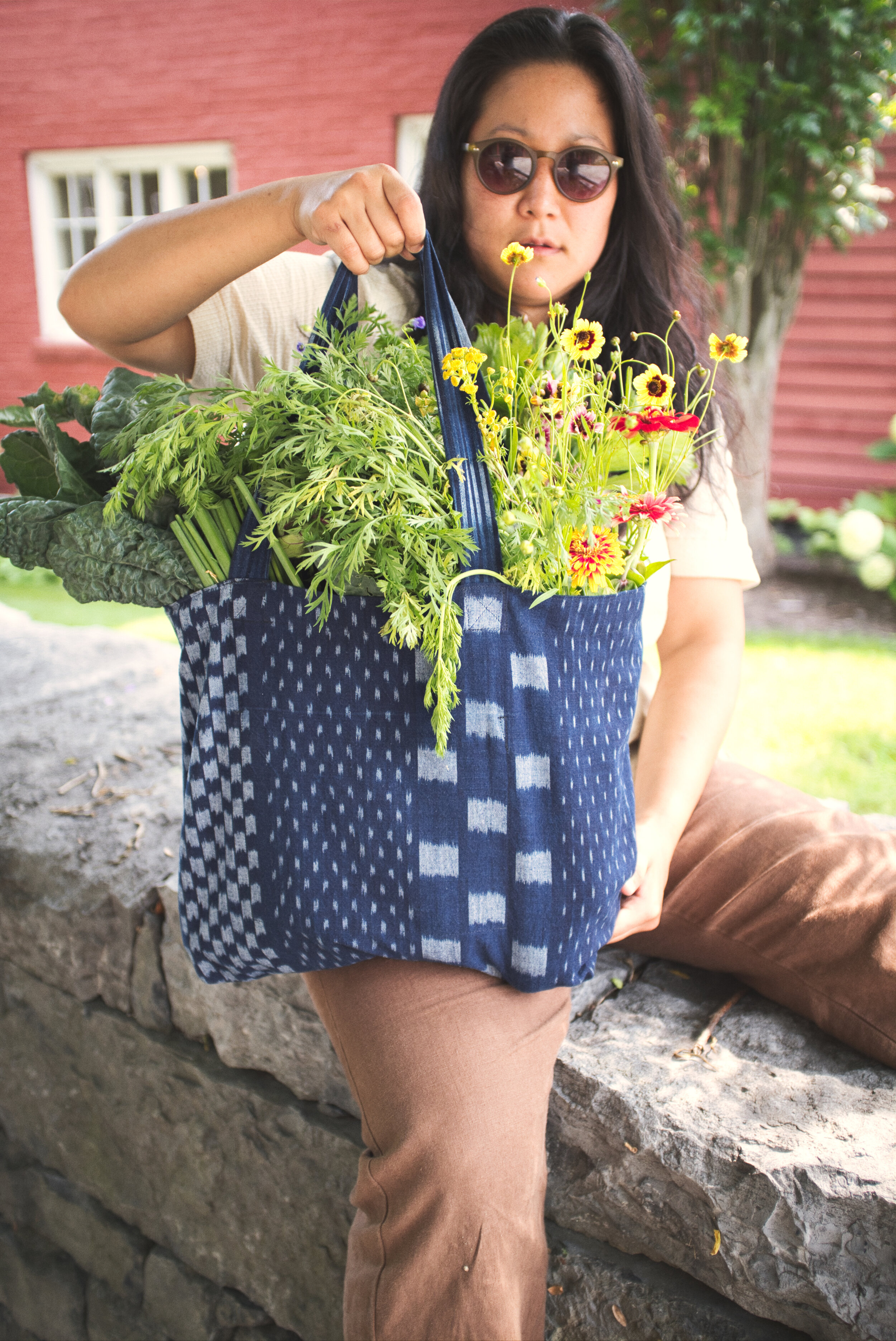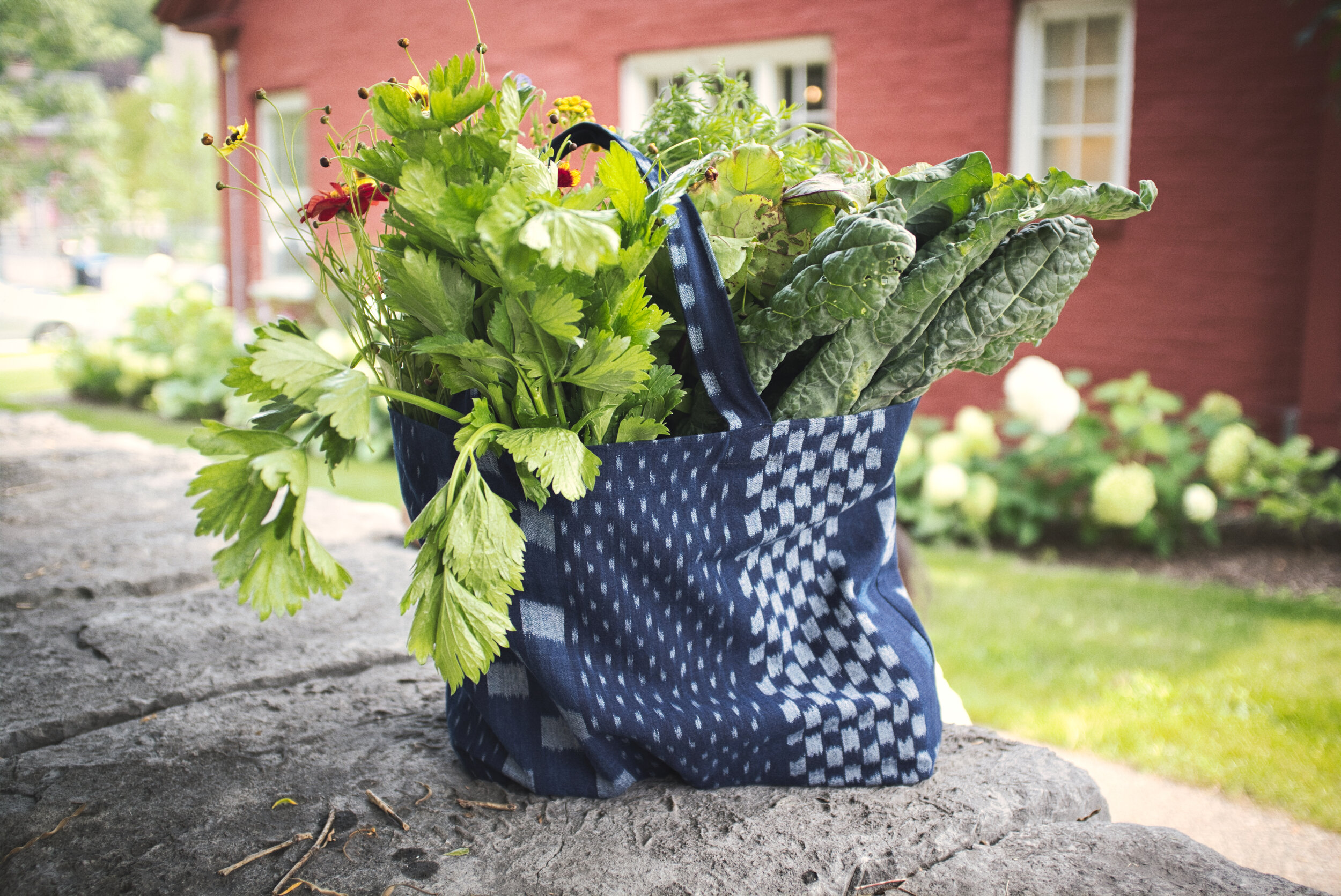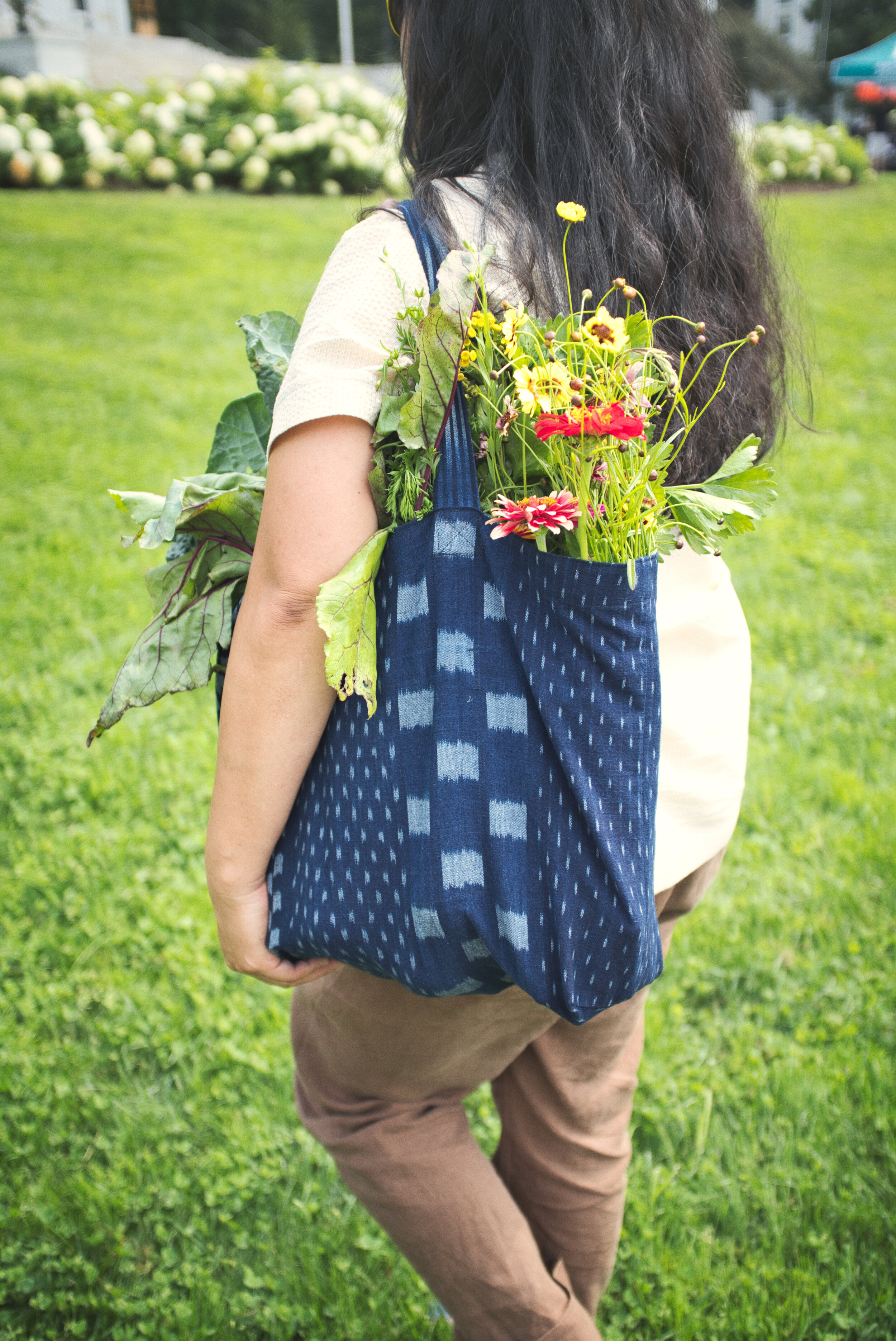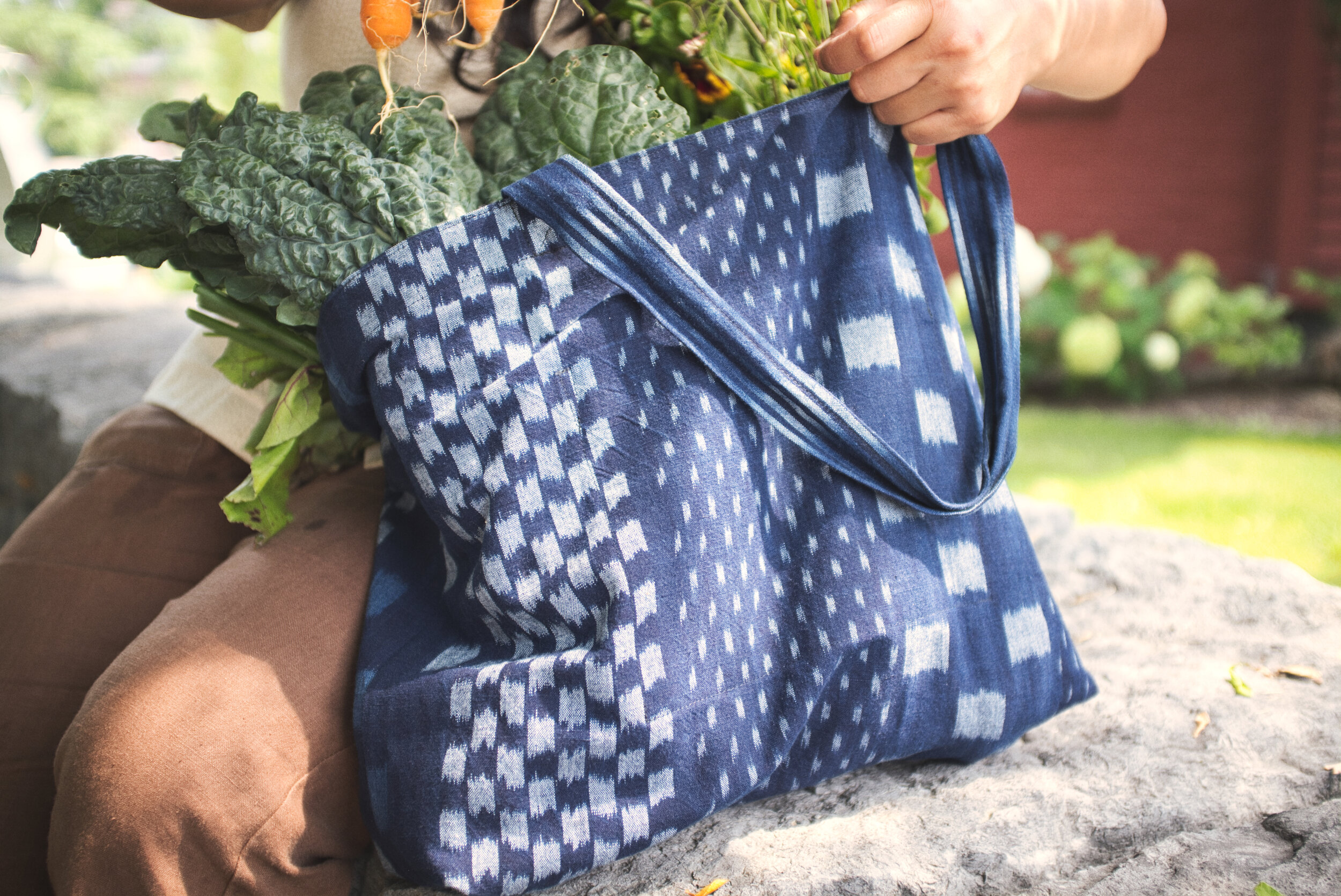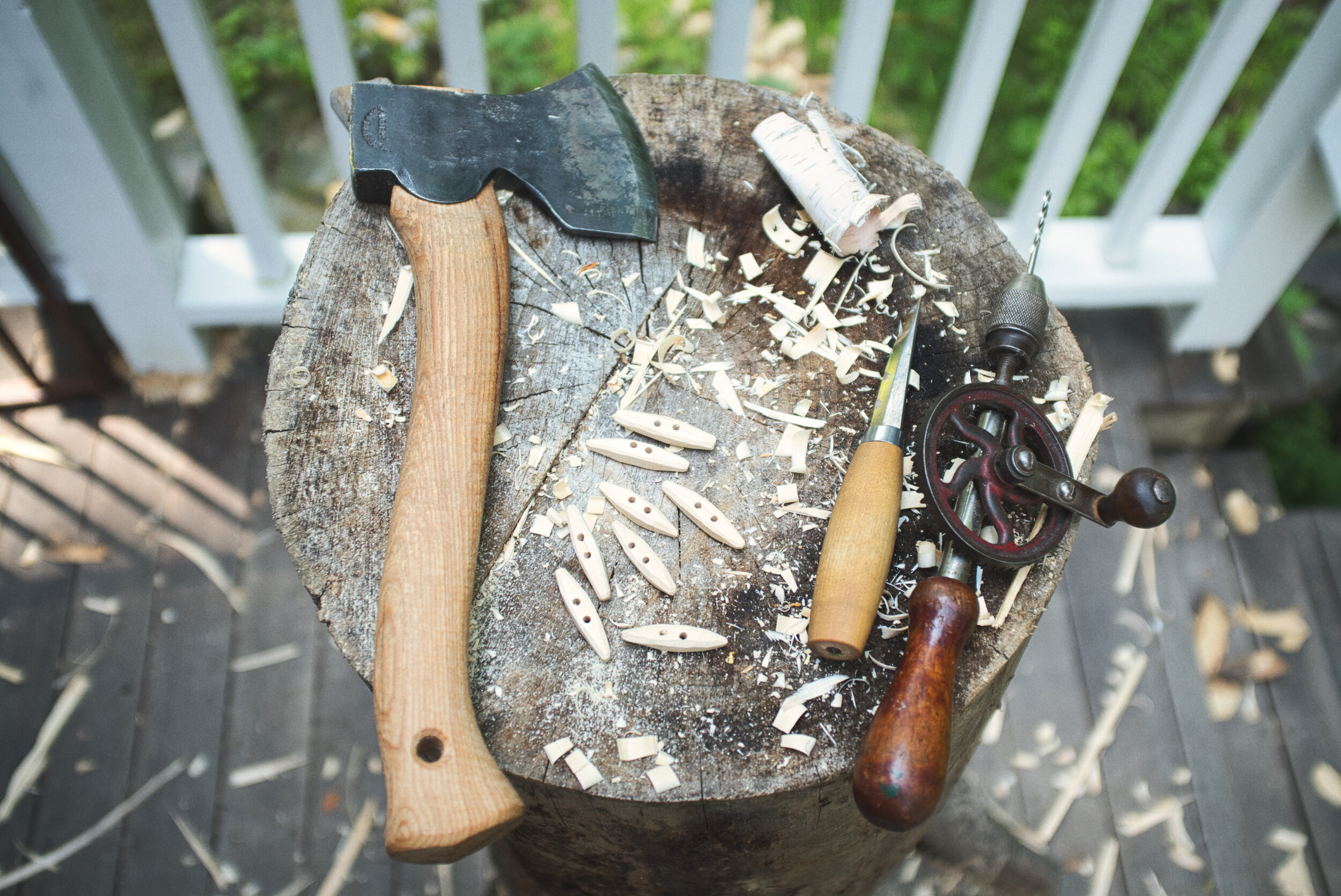Hewing
1) Cut down the trees. 2) Turn the trees into rectangles. 3) Use the rectangles to build a building. We’ve been on step 2 all summer.
Forty-four of the timbers in our frame are “normal”, and less than 20’ long, which is the max our saw mill can handle. But 18 of them are either too long, or have other irregularities (intentional curves, forks, etc.) that make them un-millable on our machine. We’ve been preparing these timbers for use in the old way— by hewing them with axes.
Hewing is a really simple, accessible, and inexpensive way to process timber, but it’s difficult to do by modern standards of convenience. Working through a log is almost a spiritual experience. There’s the kind of dull euphoria that comes from intense physical labor, but there’s psychological time travel, too. Doing this kind of work puts you in direct connection with thousands of years of human labor.
When you swing an axe at a log in such a way as to produce a building, you employ the exact same methods with the exact same tools our ancestors used to construct their indoor world— barns, bridges, railroads, cathedral roofs, ships (there’s mention of hewing in the Odyssey)… When you’re hewing, you’ll find that you can’t keep bugs off your face, that your hands swell at the end of the day, and that the axe cuts differently when sharpened to a steeper angle. There’s a thrill in realizing these little things just as others have realized them for thousands of years. The techniques and tools have barely changed. Even our axes, bought at local antique stores, were forged by human hands generations ago and used for decades in these same forests. There’s something deeply meaningful and reassuring about using old tools.
I prefer to hew in sturdy clothes like boots and heavy canvas pants when the weather allows, but the weather rarely allows. Hewing is an athletic endeavor, pretty much, and athletic clothes make as practical an outfit as any. You could hew in Hokas while listening to chillwave on bluetooth ear buds just as practically as you could hew in britches and a tricornered hat and you’d still be getting good work done.
Friends and neighbors who visit us out in the woods often remark on how time-consuming and impractical hewing appears to be. This often leads us to one of my favorite subjects— the economics of hewing.
Axes and chalk lines are cheap (~$300 total) compared to gas-powered saw mills (~$8000), and so the only costs of hewing seem to be time and Advil. Only recently, with the practice of seven logs behind me, was I able to hew an entire timber in a single day of work. At that rate, it’s difficult to imagine keeping pace with the saw mill, which can produce about 4 timbers on a good day. But good days with the mill are few and far between. There are hours spent on wheel alignment, surprise mechanical issues, entire days of track recalibration, trips to town to buy more gas, blade sharpening, and countless other routine maintenance procedures. These things cost money and use up work hours. But during those mill work hours, I’m a hundred feet away swinging an axe and steadily working through timber. Add to that the fact that the milled timbers will need their own additional surface finishing step, and hewing starts to emerge as a contender. It’s the kind of contender I find myself rooting for a lot these days.
-Kyle




